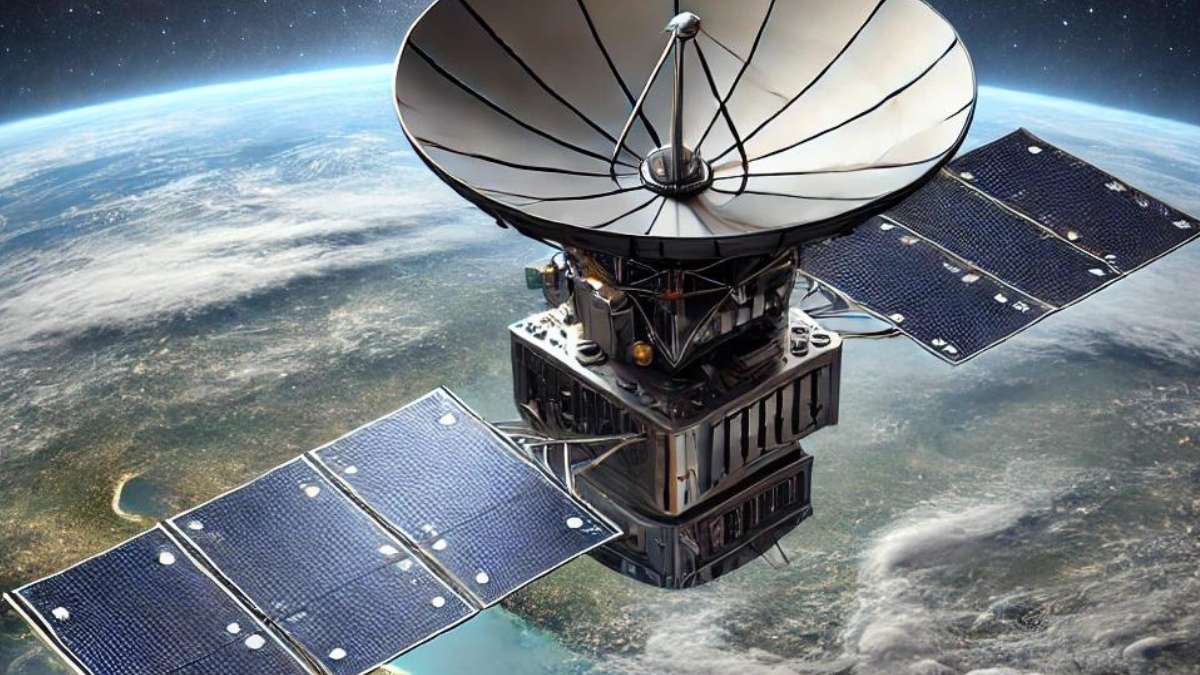
The world of satellite technology is filled with innovation, but it’s also fraught with challenges that few outsiders truly understand. Umbra, a company at the forefront of Synthetic Aperture Radar (SAR) satellite technology, has navigated these challenges with remarkable resilience and ingenuity. In this blog post, we delve into the complexities of launching SAR satellites and explore how Umbra overcame the significant hurdles to become a leader in this space.
When most people think of starting a business, launching satellites into space isn’t typically the first thing that comes to mind. For Gabe Dominocielo, co-founder of Umbra, the journey into satellite technology was anything but straightforward. As he candidly shares, launching SAR satellites wasn’t his childhood dream—it was a venture born out of necessity, expertise, and a partnership with one of the smartest people he knew.
Building a company in the space industry is not for the faint of heart. The process of inventing, building, and launching a SAR satellite involves an intricate dance of engineering, fundraising, and market positioning. Gabe explains, “There’s nothing easy about inventing a satellite, building it, raising money for it, launching it, and then getting the product to market.”
This sentiment captures the essence of entrepreneurship in the space sector—a field where the stakes are incredibly high, and the margin for error is razor-thin. Umbra’s journey started nearly a decade ago, and many of the companies that began similar ventures at the same time have since faded away. The harsh reality is that surviving in this industry requires not just innovation, but perseverance and an ability to adapt to the ever-changing landscape.
One of the most significant challenges Umbra faced was the sheer difficulty of creating something that didn’t exist before. Synthetic Aperture Radar is a complex technology that requires precision and a deep understanding of both the market and the underlying science. Gabe’s business partner, David, brought invaluable expertise from his years in the industry, having worked with giants like Orbital ATK and Northrop Grumman Innovations. This experience gave Umbra the edge it needed to design a satellite that was not only innovative but also commercially viable.

However, the challenges didn’t stop at design. Funding a satellite project is a monumental task. Unlike more traditional business ventures, satellite companies require substantial upfront investment long before any revenue can be generated. Gabe reflects on the early days of Umbra, noting that raising money was one of the toughest aspects of their journey. Despite these hurdles, Umbra successfully secured the necessary funding, thanks in large part to the unique value proposition of their SAR technology.
Once the satellite was built, the next challenge was getting it into space. Launching a satellite is a high-stakes endeavor, with countless variables that can go wrong. Yet, Umbra’s team persevered, relying on their expertise and meticulous planning to see the project through.
A critical factor in Umbra’s success has been its deep expertise in Radio Frequency (RF) technology. David’s background in RF was instrumental in developing Umbra’s SAR technology, allowing the company to create a product that stood out in a crowded market. SAR’s ability to see through clouds, operate at night, and provide precise measurements made it a highly attractive option for both government and commercial customers.
But expertise alone wasn’t enough. Umbra’s strategic decision to partner with industry veterans and leverage their knowledge was key to overcoming the challenges they faced. Gabe’s advice to aspiring entrepreneurs is simple yet profound: “If you start a company with the smartest person you know, it’s probably a good decision.”
This partnership-driven approach has allowed Umbra to not only survive but thrive in an industry where many others have failed. By combining technical expertise with smart business strategies, Umbra has positioned itself as a leader in the SAR satellite market.
Checkout my recent podcast with Gabe below.
Umbra’s journey is a testament to the power of perseverance, innovation, and strategic thinking. The challenges they’ve overcome—ranging from the technical complexities of SAR technology to the financial hurdles of launching satellites—highlight the immense difficulty of succeeding in this field.
Yet, despite these challenges, Umbra has emerged stronger and more capable than ever. As the company looks to the future, it’s clear that their commitment to excellence and their ability to navigate the complexities of the space industry will continue to drive their success.
You can watch my recent podcast with Gabe Dominocielo here
Is THIS the DAWN of WWIII? American Missiles Enter Russia, Trump to Clean Up


Why Synthetic Aperture Radar (SAR) is CRUCIAL for Earth Observation w Umbra Space’s Gabe Dominocielo


REIMAGINE Geospatial Intelligence with Former NGA Director Robert Sharp


Inside SkyFi: Disrupting Earth Observation and Satellite Imagery with CEO Luke Fischer


$127 BILLION Geospatial Intelligence (GEOINT) Industry: Government Contracting & Commercial SUCCESS


How Geographers Use Drones to Learn About the World



